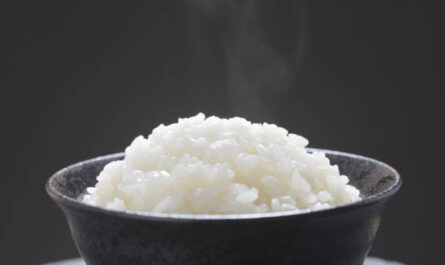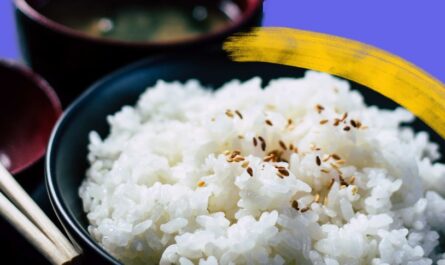Welcome to a tantalizing exploration of traditional sushi plate styles. As a sushi lover, you know that the presentation of sushi is as important as its taste. The artistry of arranging sushi on a plate can elevate your dining experience, enhancing the aesthetics and flavor profiles. Let’s delve into the captivating world of sushi presentation and understand why it’s cherished by culinary enthusiasts worldwide.

The Charm of Traditional Sushi Plates
Traditional sushi plates offer a window into the cultural elegance of Japanese cuisine. They reflect a harmonious combination of design, color, and texture, playing a crucial role in how we perceive sushi. For those who adore this delectable culinary art, the beauty of a sushi plate is an extraordinary sight.
History and Origin
The history of sushi dates back centuries in Japan, offering a deep dive into its culinary evolution. Originally a preservation technique, sushi has blossomed into a celebrated global delicacy. With the evolution of sushi, the presentation also transformed, giving rise to various unique traditional sushi plate styles.
Why Presentation Matters
In Japanese culture, food presentation is a vital aspect of dining. A well-arranged sushi plate can evoke a sense of excitement and engage all senses. It not only makes the meal more appetizing but also communicates the mastery and aesthetics of the chef. This dedication is evident in other culinary arts as well, such as the detailed guide on creating sushi with plastic wrap.
Common Traditional Sushi Plate Styles
Nigirizushi Presentation
The way nigirizushi, or hand-pressed sushi, is arranged varies. Chefs often pair contrasting colors and textures, such as the pink hue of tuna with delicate white squid. Visit a sushi restaurant, and you’re likely to see this balanced presentation, which has influenced global chefs.
Makizushi Display
Makizushi, or rolled sushi, showcases creativity in its arrangement. Chefs display makizushi in an eye-catching spiral pattern, highlighting the vibrant ingredients inside each roll. The vibrant colors create an inviting centerpiece on any sushi plate.
Sashimi Arrangement
Sashimi’s minimalist elegance emphasizes the purity and freshness of fish. Traditionally, it’s served on plain white dishes to accentuate the color and presentation of the fish. Check out tips on enjoying sushi properly to immerse fully in this delightful art.
Choosing the Right Plate
Ceramic Beauty
Ceramic plates bring simplicity and elegance to sushi presentations. Their subtle colors and glossy shine complement the vibrant sushi, allowing each piece to stand out, enhancing the dining experience.
Lacquerware Elegance
Lacquerware plates give off a traditional and rich appearance, often featuring intricate patterns and motifs that complement the sushi. Their glossy finish is ideal for formal sushi dining occasions.
Significance of Plate Color and Texture
The color and texture of a sushi plate can affect how sushi is perceived and enjoyed. Whites and light colors can enhance the visual appeal of fresh, bright fish, while darker hues can lend a more sophisticated feel, as explained further in our guide on the art of cooling sushi rice.
Artistic Details and Garnishes
Edible Flowers and Leaves
Using edible flowers and leaves as garnishes can elevate the aesthetic appeal of a sushi platter. They add pops of color and enhance the plate’s visual narrative.
Soy Sauce and Wasabi Artistry
The thoughtful placement of soy sauce and wasabi can accentuate a sushi plate. Plating these condiments with precision symbolizes the attention to detail inherent in traditional Japanese cuisine.
The Role of Seasonal Themes
In Japan, seasonal themes are significant in sushi plate designs. Ingredients aligned with the seasons reflect nature’s bounty, and plating styles adjust to highlight these aspects, underscoring Japan’s deep respect for the natural world.
Modern Influences on Traditional Styles
While traditional plating styles retain their charm, modern sushi chefs incorporate new techniques and influences, blending traditional with contemporary. Discover how this blend is influencing sushi machines in our insights.
Conclusion
Traditional sushi plate styles remain a symbol of Japanese culture’s sophistication and attention to detail. The exquisite arrangements and the thoughtfulness behind each style demonstrate the importance of presentation in culinary arts. With the right balance of artistry and flavor, these styles offer an unparalleled sushi experience, captivating new and seasoned enthusiasts alike.

Frequently Asked Questions
What are the best plates for sushi serving?
Ceramic and lacquerware plates are ideal, offering both elegance and simplicity, which enhance the dining experience.
How does sushi presentation affect taste?
A well-arranged plate heightens anticipation and nourishes all senses, enriching the overall flavor and appreciation of sushi.
Are there regional differences in sushi plate styles?
Yes, regional variations exist due to differing culinary traditions and local ingredients, reflecting Japan’s diverse food culture.
This article contains affiliate links. We may earn a commission at no extra cost to you.




